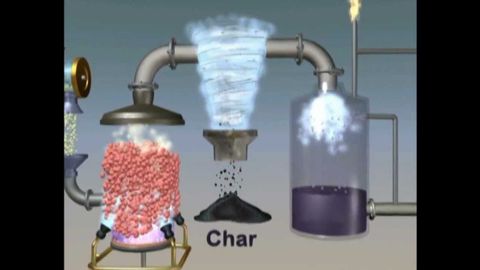通過熱解將生物質轉化為生物燃料的熱化學方法 (Thermochemical Conversion of Biomass to Biofuels via Pyrolysis)
Cheng-Hong Liu 發佈於 2021 年 01 月 14 日  沒有此條件下的單字
沒有此條件下的單字US /ˈprɑsˌɛs, ˈproˌsɛs/
・
UK /prə'ses/
- v.t.用電腦處理(資料);(依照規定程序)處理;處理;流程;加工;理解
- n. (c./u.)(規定的)程序;過程;進程;方法;法律程序;進程
US /ˈkwɑlɪti/
・
UK /'kwɒlətɪ/
- n. (c./u.)質量;品質;質量;社會地位
- adj.優質的
US /ˈfɪltɚ/
・
UK /'fɪltə(r)/
- n. (c./u.)過濾器;(液體)過濾器;濾光鏡;過濾器;濾鏡
- v.t.過濾(聲音、光線);過濾(從液體中)過濾;過濾;用濾鏡處理
- v.i.過濾;緩慢通過;(車輛)穿梭

